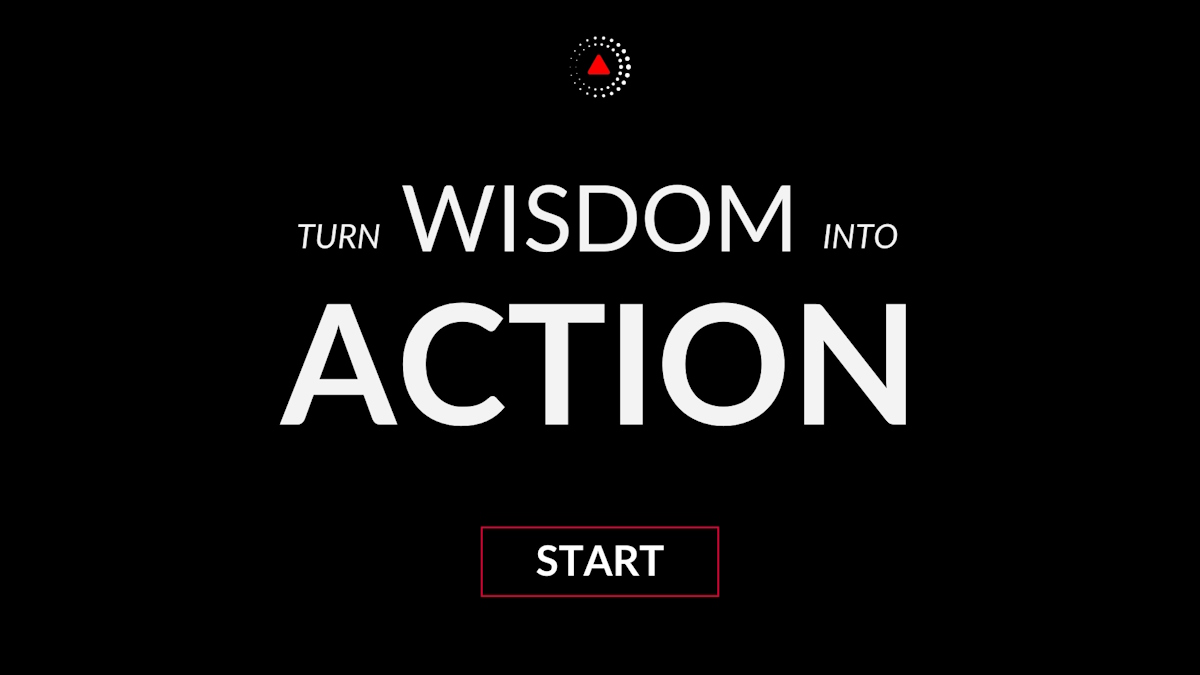In a mad world, only the mad are sane.
What's the meaning of this quote?
Quote Meaning: The quote "in a mad world, only the mad are sane" suggests that in a world that can seem crazy and chaotic, those who are deemed "mad" or unconventional may actually be the ones who see things clearly. This quote challenges us to question societal norms and the status quo, and to look for new and different perspectives that can help us navigate a complex and confusing world. It reminds us that sometimes, the greatest wisdom can come from those who are considered outsiders or rebels.
Who said the quote?
The quote "In a mad world, only the mad are sane." was said by Akira Kurosawa (Bio / Quotes). Akira Kurosawa was a Japanese film director and screenwriter, who directed several acclaimed films, including Seven Samurai and Rashomon.
What's the quote's message?
The quote "In a mad world, only the mad are sane" is a paradoxical statement that prompts reflection on societal norms and the perception of sanity. This statement suggests that in a world that is chaotic, irrational, or dysfunctional (a "mad" world), those who are considered "mad" by conventional standards might be the only ones who make sense or exhibit rational behavior.
The message embedded in this quote can be interpreted in a couple of ways:
It could be a commentary on societal norms and expectations. What we consider to be "normal" or "sane" is often dictated by societal standards. However, if these standards are inherently flawed, irrational, or damaging, then those who rebel against or don't fit into these norms (i.e., the "mad") could be viewed as the truly sane ones, as they're not succumbing to the irrationality.
Another interpretation could be that in a world of chaos and irrationality, only those who can adapt and embrace the chaos can truly understand and navigate it. This implies that in such a situation, traditional sanity is irrelevant, and what is seen as madness might be the only rational response.
Is there a historical example that illustrates the message of the quote?
The life and work of the famous painter, Vincent van Gogh, can be viewed as an embodiment of this quote. Van Gogh, despite struggling with severe mental illness throughout his life, produced some of the most revered art pieces of the post-Impressionist era.
Living in the late 19th century, a time when the conventions of art were being vigorously questioned, van Gogh's style did not fit with the established norms of the time. His use of bold, dramatic brush strokes and vibrant, unrealistic colors were considered 'mad' by many of his contemporaries. His works were not well received, and he lived in poverty and obscurity.
However, in retrospect, his 'madness', his unique vision and unorthodox style, is what now makes him 'sane' to us. Van Gogh's innovative approach to painting now serves as an inspirational beacon for many modern artists and art enthusiasts. His 'Starry Night', 'Sunflowers', and 'Café Terrace at Night', among others, are celebrated for the very attributes that were once deemed as insanity.
In a world that was mad with rigid norms and restrictive perceptions of art, it was Vincent van Gogh, the 'mad' man who saw the world in a way no one else did, who emerged as truly sane, as evidenced by his enduring and globally recognized artistic legacy. His story underscores the idea that often what is deemed madness in one context might be the only sane response to a complex and changing world.
How can the quote be applied in a real-life scenario?
The quote "In a mad world, only the mad are sane" suggests that what is considered 'normal' or 'sane' is often dictated by the majority, even if their behaviors or beliefs may seem irrational from an outsider's perspective. In a society where irrational behavior is the norm, those who don't conform to it could be seen as 'mad' or 'insane' even if their perspectives are grounded in reason.
Let's consider a real-life scenario: the rapid and at times, seemingly chaotic pace of technology innovation. In this 'mad' world, traditional businesses operating under old paradigms may view attempts to disrupt established systems as 'mad' or irrational. However, those who are 'mad' enough to challenge the status quo often drive progress and are later viewed as visionaries or innovators. Steve Jobs, for instance, was initially considered reckless and unrealistic for his ambitious ideas about personal computing and later, mobile technology. Today, however, he is celebrated as a pioneering figure who reshaped entire industries.
Similarly, in the realm of social change, individuals or groups who challenge societal norms often face resistance, ostracism, or even persecution, as their ideas can seem 'mad' to the mainstream. Yet, history often vindicates these individuals as their 'mad' ideas become accepted norms over time. Civil rights activists, suffragettes, or proponents of marriage equality were once seen as 'mad' for challenging established societal norms, yet their efforts led to significant societal progress.
Chief Editor
 Tal Gur is an author, founder, and impact-driven entrepreneur at heart. After trading his daily grind for a life of his own daring design, he spent a decade pursuing 100 major life goals around the globe. His journey and most recent book, The Art of Fully Living, has led him to found Elevate Society.
Tal Gur is an author, founder, and impact-driven entrepreneur at heart. After trading his daily grind for a life of his own daring design, he spent a decade pursuing 100 major life goals around the globe. His journey and most recent book, The Art of Fully Living, has led him to found Elevate Society.




















